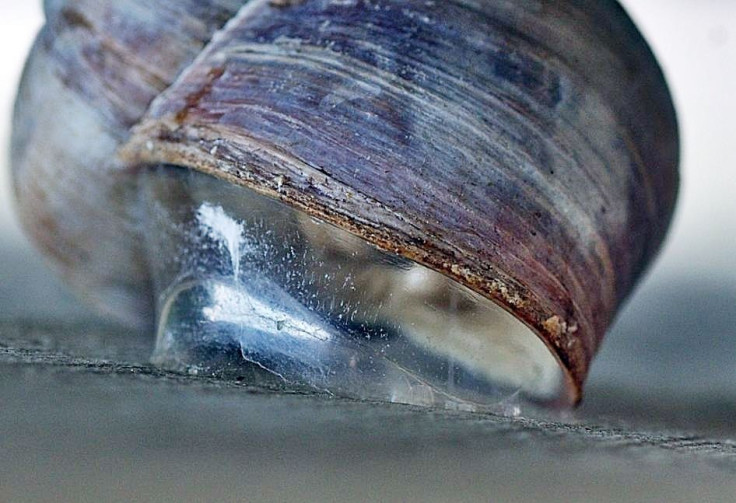Engineers Develop Superstrong, Reversible Adhesive

A superstrong, reversible adhesive inspired by and that works like snail slime has such strong adhesion a postage stamp-sized patch of it easily holds the weight of an adult male suspended from a ceiling.
Researchers at the University of Pennsylvania said their material, called PHEMA, is currently the strongest known candidate available for what’s called reversible adhesion.
In a new study, University of Pennsylvania engineers demonstrated a strong, reversible adhesive that uses the same mechanism as snails do. The team was led by Shu Yang, a professor in the Department of Materials Science and Engineering and in the Department of Chemical and Biomolecular Engineering.
Yang said she and her lab have been interested in adhesives for a while. Geckos, the predominant model for reversible adhesives in the natural world, weren't getting them far enough in their research, however.
"Geckos can put one hand down and then release it, so the gecko's adhesion is reversible, but it's very low adhesion," said Yang. "A gecko is 50 grams, and a human is at least 50 kilograms. If you want to hold a human on a wall, it's not possible using the same adhesive.”
She said one can use a vacuum, but a person would have to carry a huge vacuum pump. She noted her team has been working on this challenge for a long time and so have other people.
The breakthrough came one day when Gaoxiang Wu, an engineering graduate student and a member of her team, was working on another project that involved a hydrogel made of a polymer called polyhydroxyethylmethacrylate (PHEMA). Wu noticed the unusual adhesive properties of PHEMA.
PHEMA is rubbery when wet but rigid when dry. This astounding quality makes it useful for contact lenses but also for adhesives, as Yang’s team discovered.
Researchers said that when PHEMA is wet, it conforms to all of the small grooves on a surface. This conformal contact is what allows PHEMA to stick to a surface.
"It's like those childhood toys that you throw on the wall and they stick. That's because they're very soft. Imagine a plastic sheet on a wall; it comes off easily. But squishy things will conform to the cavities," noted Yang.
Alone, this ability to conform to cavities won’t be enough to make a good adhesive. What really matters is what happens when the material begins to dry.

As PHEMA dries, it becomes as rigid as a plastic bottle cap. But it doesn't shrink, which is a unique property in itself. Instead, PHEMA hardens into the cavities, fastening itself securely to a vertical or horizontal surface.
Yang explained that when materials dry, they usually shrink. If it shrinks from a surface, it no longer wants to conform to the microcavities and will pop out.
“Our PHEMA adhesive doesn't pop out. It stays conformal. It remembers the shape even when it's dry and rigid."
These properties made PHEMA a unique candidate for strong, reversible adhesion. These qualities are the same as those found in a snail's slimy epiphragm. A snail's epiphragm, initially wet, conforms to the surface it's on and hardens on a sunny day. This holds the snail firmly in place. At night, when the environment becomes moist, the epiphragm softens, allowing the snail to move freely again.
That reversibility between wet flexibility and dry adhesion is what the researchers wanted to put to the test with PHEMA. When it's conformal and rigid, it's like super glue, said Yang.
You can't pull it off but when you rewet it, it slips off effortlessly.



























